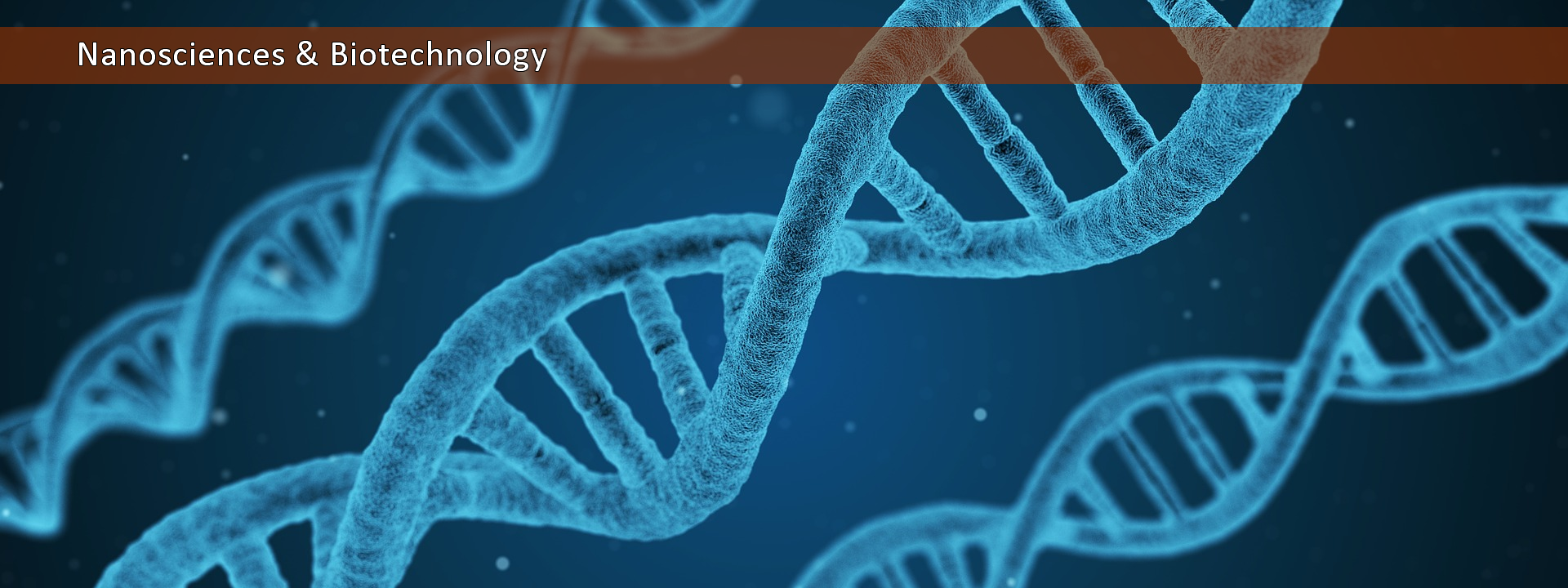
|
Office: RSP, Suite 2A
Email: rparthas@tnstate.edu
Education
PhD., Bioengineering, University of Kansas
M.S., Civil Engineering, University of Missouri-Kansas
B.S., Civil Engineering, India Institute of Technology-Madras
Curriculum Vitae (CV)
Google Scholar Link
https://scholar.google.com/citations?user=mi_sQz4AAAAJ&hl=en
|
Current Research
Theory and Simulation
Dr. Parthasarathy is developing a finite temperature atomistic-to-continuum homogenization method to calculate continuum measures of stress and strain from molecular dynamics output. He is also preparing to experimentally verify the results of his simulation using X-ray diffraction on metal crystals. His approach is expected to enhance development of localization framework in homogenization theory, and be particularly useful for high temperature metal alloys and eventually for polymers exhibiting both glassy and rubbery states.
Experimental Characterization
Dr. Parthasarathy is also characterizing the bonding of super-hard coatings deposited on polymer substrate using confined plume chemical deposition in collaboration with Dr. Charles Lukehart and Dr. Jeremiah Beam at Vanderbilt University. They used a modified version of ASTM D4541 to obtain the force-displacement curves, and apply optical image segmentation and SEM on the failed surfaces to arrive at average bond strength estimates.
|
Research Interests
Dr. Parthasarathy research involves application of multi-scale modeling using molecular dynamics, micro-mechanics and continuum theory to study mechanical behavior of materials. He wish to use these tools to work in collaboration with chemists to better understand natural materials and develop new engineering materials.
He has developed constitutive models for porous and chemically active materials using granular micro-mechanics and chemical thermodynamics. He has worked with cross-linked polymers, soft and hard biological tissue, as well as metal alloys. He has also perform material characterization using Raman and FTIR spectroscopy, micro-tensile testing and atomic force microscopy. Dr. Parthasarathy constantly work to establish the connection between molecular structure and experimental observation, and uses this information in material modeling. He believes this integrated approach is excellent to geometrically increase the understanding of material behavior and develop new materials.
|
Long Term Goals
Become an established researcher in the field of applied mechanics. Work with interdisciplinary team to design new materials, also be involved in teaching.
|



